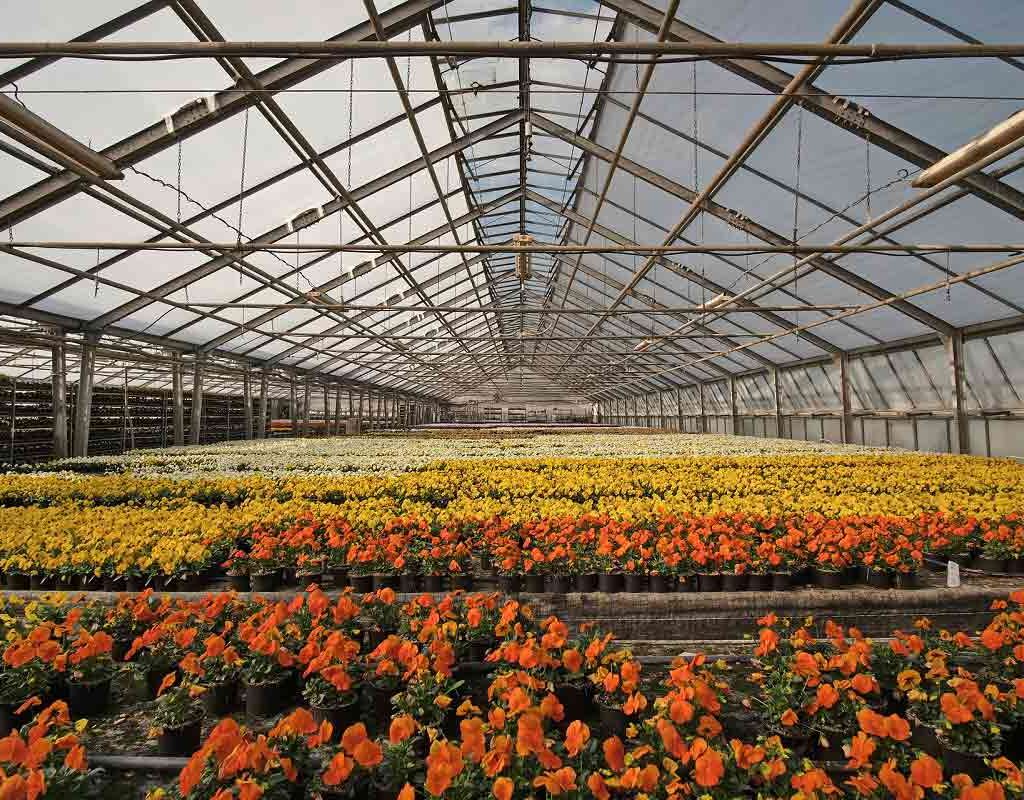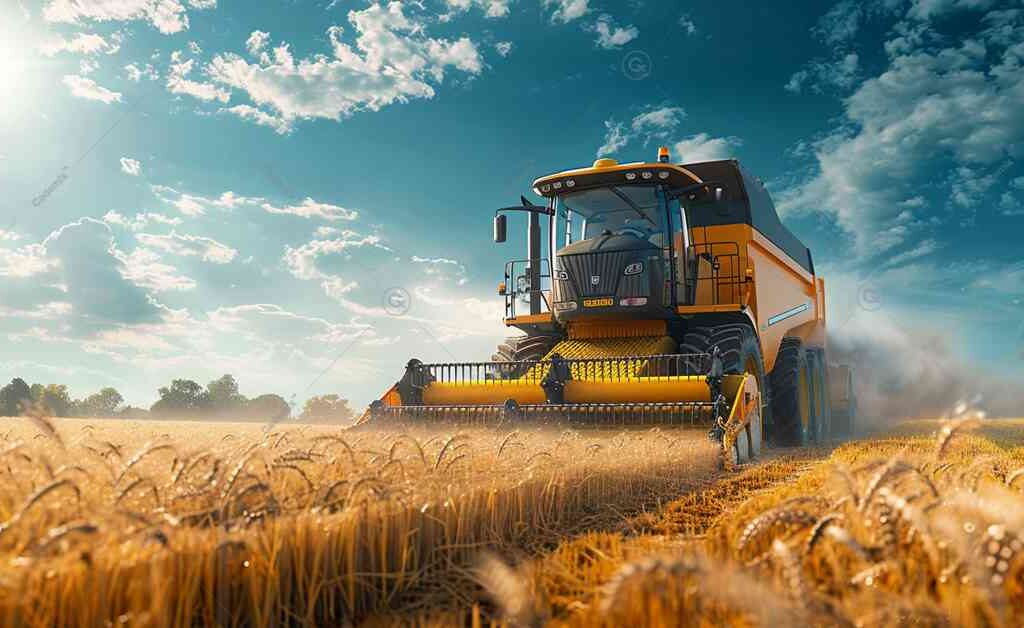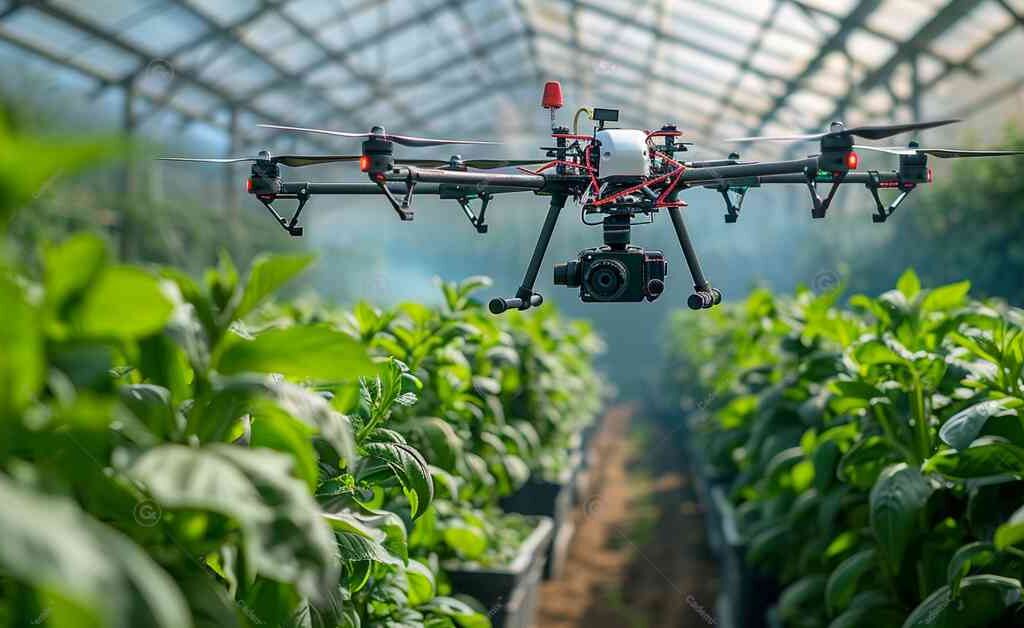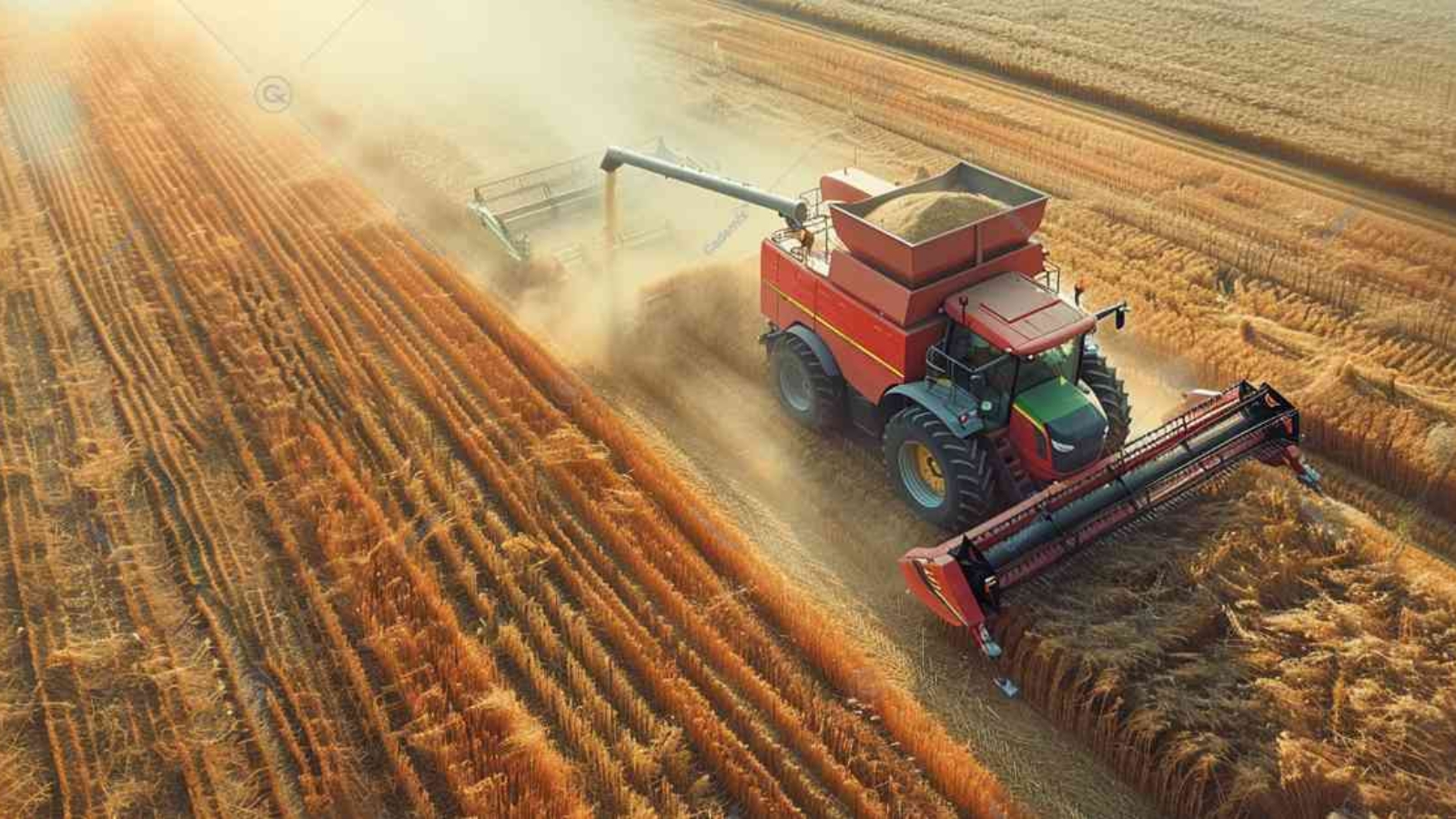Sustainable agriculture is a critical component of ensuring food security, environmental health, and economic stability. As the global population continues to grow, the need for farming practices that conserve resources, reduce environmental impact, and support rural economies becomes increasingly urgent. This article delves into the scientific underpinnings of sustainability in agriculture, explores the principles of a circular economy, and examines local policies and budgetary allocations that support sustainable practices.
Keywords: sustainable agriculture, circular economy, agricultural policies, environmental sustainability, economic stability, resource conservation, budgetary allocations
Scientific Principles of Sustainable Agriculture
Sustainable agriculture is grounded in several scientific principles aimed at maintaining and enhancing the health of ecosystems while ensuring economic viability and social equity.
Definition and Core Concepts
- Sustainability Definition: Sustainable agriculture refers to farming practices that meet current food needs without compromising the ability of future generations to meet theirs. It involves the integration of environmental health, economic profitability, and social and economic equity.
- Ecological Balance: Sustainable agriculture seeks to create a balance between agricultural practices and the natural environment. This includes maintaining soil fertility, conserving water, and promoting biodiversity.
- Resource Efficiency: Efficient use of resources such as water, soil, and energy is essential for sustainability. Practices such as crop rotation, cover cropping, and precision agriculture help optimize resource use and minimize waste.

Environmental Sustainability
- Soil Health: Maintaining soil health is fundamental to sustainable agriculture. Practices such as reduced tillage, organic amendments, and crop diversity enhance soil structure, fertility, and microbial activity.
- Water Conservation: Efficient water use is critical in agriculture, particularly in regions facing water scarcity. Techniques such as drip irrigation, rainwater harvesting, and the use of drought-resistant crop varieties help conserve water.
- Biodiversity: Promoting biodiversity through polyculture, agroforestry, and integrated pest management enhances ecosystem resilience and reduces dependence on chemical inputs.
Economic and Social Sustainability
- Economic Viability: Sustainable agriculture must be economically viable for farmers. This involves fair pricing, access to markets, and financial support for adopting sustainable practices.
- Social Equity: Ensuring social equity means providing equitable access to resources, education, and opportunities for all members of the farming community, including marginalized groups.
- Community Engagement: Engaging local communities in sustainable agricultural practices fosters social cohesion and ensures that local knowledge and needs are integrated into farming practices.
The Circular Economy in Agriculture
The circular economy is an economic system aimed at minimizing waste and making the most of resources. In agriculture, this involves creating closed-loop systems where outputs are recycled back into the production process, reducing environmental impact and enhancing resource efficiency.
Principles of the Circular Economy
- Resource Recovery: In a circular economy, waste is minimized by recovering and reusing resources. Agricultural by-products, such as crop residues and animal manure, are recycled into compost and bioenergy.
- Regenerative Design: Farming systems are designed to regenerate natural systems. Practices such as agroecology and regenerative agriculture focus on rebuilding soil health, restoring ecosystems, and enhancing biodiversity.
- Sustainable Inputs: Using renewable and sustainable inputs, such as organic fertilizers and biological pest control, reduces dependence on synthetic chemicals and conserves natural resources.
Implementing Circular Economy Practices
- Composting: Composting agricultural waste returns nutrients to the soil, reducing the need for chemical fertilizers and improving soil health.
- Biogas Production: Converting organic waste into biogas provides a renewable energy source for farms, reducing reliance on fossil fuels.
- Water Recycling: Reusing water through techniques such as irrigation runoff capture and treatment helps conserve water resources and reduce pollution.

Local Policies Supporting Sustainable Agriculture
Effective local policies are crucial for promoting sustainable agriculture and supporting the transition to a circular economy. These policies provide the framework and incentives needed for farmers to adopt sustainable practices.
Policy Frameworks
- Agri-Environmental Schemes: These schemes provide financial incentives for farmers to implement environmentally friendly practices. Payments are made for actions such as maintaining hedgerows, planting cover crops, and creating wildlife habitats.
- Regulatory Standards: Regulations set standards for environmental protection, such as limits on pesticide use, water management requirements, and soil conservation measures. Compliance with these standards ensures that agricultural practices do not harm the environment.
- Education and Training: Policies that support agricultural education and training programs help farmers acquire the knowledge and skills needed for sustainable farming. Extension services and agricultural colleges play a key role in disseminating best practices.
Budgetary Allocations
- Research and Development: Investment in agricultural research and development (R&D) is essential for advancing sustainable farming practices. Funding for R&D supports the development of new technologies, crop varieties, and management practices that enhance sustainability.
- Subsidies and Grants: Financial subsidies and grants can offset the costs of adopting sustainable practices. These financial supports help farmers invest in necessary infrastructure, such as irrigation systems, renewable energy installations, and soil conservation measures.
- Market Access: Policies that facilitate market access for sustainably produced goods help farmers achieve better prices and secure stable markets. This includes support for certification schemes, local food systems, and export opportunities.
Case Study: The European Union’s Common Agricultural Policy (CAP)
The European Union’s Common Agricultural Policy (CAP) is an example of a policy framework that integrates sustainability into agricultural support. The CAP includes measures such as:
- Greening Payments: Farmers receive additional payments for implementing environmentally beneficial practices, such as crop diversification, maintaining permanent grasslands, and establishing ecological focus areas.
- Rural Development Programs: These programs provide funding for sustainable rural development projects, including investments in organic farming, agri-environmental schemes, and support for young farmers.
- Knowledge Transfer: The CAP promotes knowledge transfer through advisory services, training programs, and demonstration projects that showcase innovative sustainable farming practices.
Budgetary Allocations for Sustainable Agriculture
Effective budgetary allocations are essential to support sustainable agriculture practices. Governments and organizations allocate funds to various programs and initiatives that promote sustainability in agriculture.
Funding for Sustainable Practices
- Environmental Stewardship Programs: These programs provide financial support to farmers who adopt conservation practices. Funding is allocated for activities such as riparian buffer planting, wetland restoration, and soil erosion control.
- Climate Resilience Projects: Investments in climate resilience projects help farmers adapt to changing climate conditions. Funding supports the development of drought-resistant crops, water-efficient irrigation systems, and climate-smart farming techniques.
- Sustainable Infrastructure: Budget allocations for sustainable infrastructure projects, such as renewable energy installations, efficient irrigation systems, and on-farm water recycling facilities, enhance the sustainability of farming operations.
Research and Innovation Funding
- Agricultural Research Institutions: Funding for agricultural research institutions supports the development of new technologies, crop varieties, and management practices that improve sustainability.
- Public-Private Partnerships: Collaborations between public institutions and private companies leverage additional resources for sustainable agriculture research and innovation.
- Innovation Grants: Grants for innovative projects encourage the development and adoption of cutting-edge technologies and practices that enhance sustainability in agriculture.

Policy and Advocacy Funding
- Policy Development: Allocating funds for policy development ensures that effective regulatory frameworks are in place to support sustainable agriculture. This includes funding for policy research, stakeholder consultations, and legislative drafting.
- Advocacy and Awareness: Funding for advocacy and awareness campaigns helps raise public understanding of the importance of sustainable agriculture and promotes consumer support for sustainably produced goods.
- Capacity Building: Investments in capacity-building programs strengthen the ability of farmers, extension workers, and policymakers to implement and support sustainable agriculture practices.
Conclusion and Call to Action
Sustainable agriculture, supported by the principles of a circular economy and effective local policies, is essential for ensuring food security, environmental health, and economic stability. By integrating scientific principles with practical implementation strategies, farmers can enhance resource efficiency, reduce environmental impact, and support rural economies. Local policies and budgetary allocations play a critical role in facilitating the adoption of sustainable practices and promoting long-term sustainability in agriculture.
If you are interested in learning more about sustainable agriculture and how to integrate these practices into your farming operations, consider joining the Cademix Acceleration Program. Our consultancy services and educational programs are designed to support farmers, policymakers, and agricultural professionals in achieving their sustainability goals.
Discover our Cademix Career Autopilot program and learn how we can help you navigate the complexities of sustainable agriculture and circular economy principles. For additional resources and insights on sustainable agriculture policies and practices, visit Food and Agriculture Organization (FAO) and Sustainable Agriculture Research and Education (SARE).

